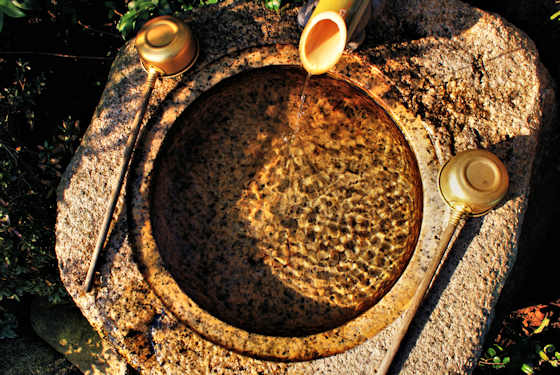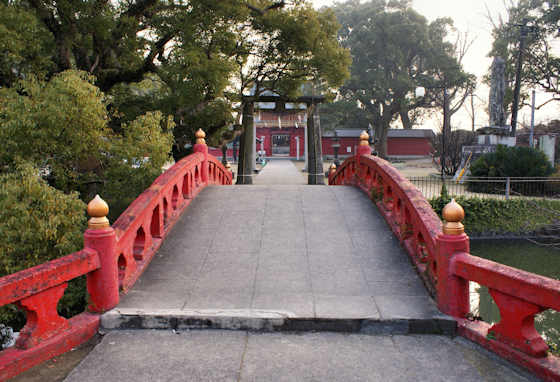Friday, October 7, 2022
Fudo at Nyoirinji
Labels:
Fudo Myojin,
fukuoka,
kyushu108
Wednesday, October 5, 2022
Manhole Art of the Chikugo Plain
January 4th, 2015, was the 55th day of my walk around Kyushu. I started from Amagi Station in Asakura, Fukuoka, and walked west across the Chikuzen Plain north of the Chikuzen River and ended at Tosu just inside Saga Prefecture. As with all my walks around Japan I kept my eyes open for manhole covers. These are eight I found that day. This first one depicts den-den daiko, a kind of drum. I cannot find any connection to Amagi.
I then crossed into Tosu City in Saga whose city flower is the Japanese Iris.
I have posted many times on Japan's unique manhole covers. Unfortunately many of the older posts no onger have photos, but more recent ones can be seen here. All the previous posts on my epic walk around Kyushu can be accessed by clicking the Kyushu108 tag below.
Labels:
drainspotting,
fukuoka,
kyushu108,
manhole
Monday, October 3, 2022
Kotokuin Temple 7 Kyushu Pilgrimage
Kotokuin Temple
Saturday, October 1, 2022
Path of Light at KitanoTenmangu Kurume
Thursday, September 29, 2022
Guardians of Kitano Tenmangu in Kurume
Zuijin was the original term for imperial guards, and they are most often shown holding bows and arrows.
Unusual, and I'm not sure of their significace, but there were also this trio of red horses...... more on the shrine tomorrow....
Tuesday, September 27, 2022
Joruriji Temple 46 Shikoku pilgrimage
Saturday, September 24, 2022
To the First Bend in the River
First Bend in the River
A little further and I come to the first of several concreted slopes, the consequence of landslides. Twice in the past decade the train line was closed down because of a landslide in roughly this spot. Each time it took more than a year to get it open again. Obviously, no-one of importance uses the train line otherwise it would have been fixed sharpish methinks.
It is my intention to stay on this bank all the way to the source of the river and then come back downstream on the other bank.
Subscribe to:
Posts (Atom)



































































